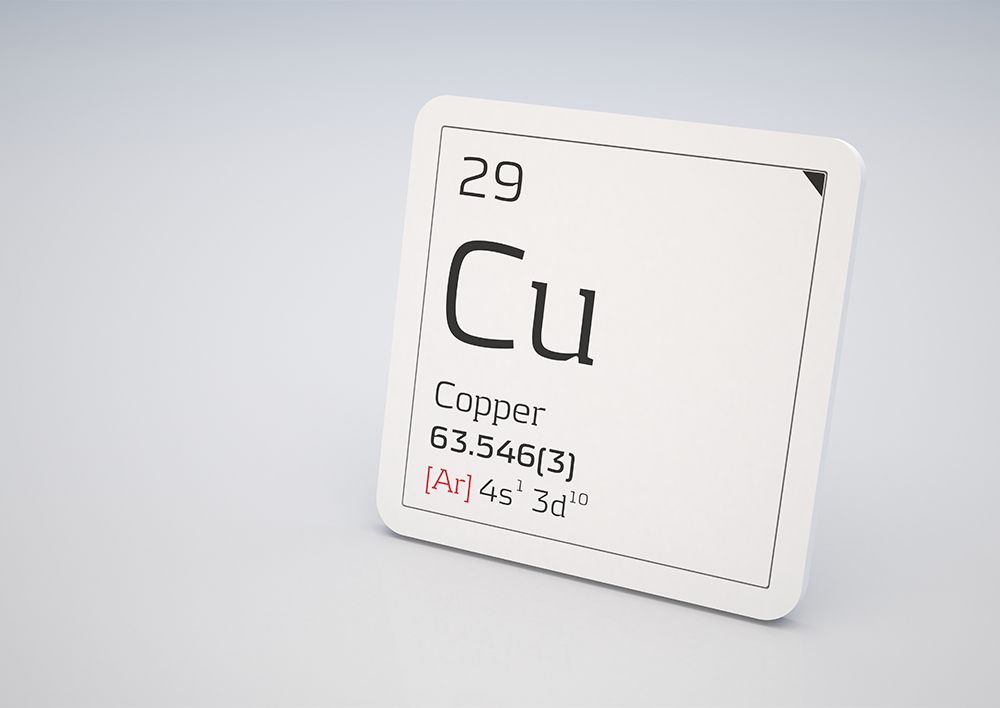In recent years the world has been no stranger to infectious diseases. The 2013-16 Ebola virus epidemic that centered in Western Africa, as well as the more recent Covid-19 pandemic that spread across the globe, have highlighted that in medical settings it’s vital to control infectious diseases effectively and prevent further spread. Nowhere is this more important than in hospitals, where unwell patients face a higher risk of complications if they pick up an infection after admittance.
One of the best ways to improve patient safety through managing cross-contamination is by improving surface cleaning procedures. In this guide we’ll be discussing the challenge faced by hospitals around the world when it comes to the spread of infectious diseases through surfaces, but also one of the key products that is making waves in the anti-contamination industry – LuminOre’s CopperTouch.
The Challenge For Hospitals
Despite being the subject of extremely rigorous cleaning procedures, hospital surfaces can be home to hundreds of pathogens. These pathogens often spread from surface to person, and from person to person via a number of high-touch surfaces like call-buttons, bedrails and over-bed tables.[1] The more a patient moves around the hospital, the more the pathogens spread, which means that even though one individual may be able to withstand an infection, the next person to use their room may not be so lucky – for many patients, an existing illness combined with a newly-acquired infection can be a fatal combination. Hospital acquired infections like these pose a significant risk to the medical profession, and they can have a devastating effect on inpatients – some studies have suggested that healthcare acquired infections contribute to around 31% of hospital deaths.[2] SterileAware™ hopes to propagate awareness to the public about these sobering statistic by highlighting all stakeholders in the patient journey through a healthcare system.
In a 2021 sweep of two separate departments at the First Moscow Infectious Diseases Hospital,[3] a combined 35 surface swab samples were taken, and all of them were found to have been contaminated with pathogens.[4] From medical device packaging to patient call buttons, it’s difficult to avoid the presence of surface contaminants, so finding a solution is becoming more important than ever before.
A Potential Solution? How Copper Can Help
As the Covid-19 pandemic accelerated throughout 2020, medical organizations around the globe raced to understand more about how to prevent further any spread of the virus. Studies found that the SARS-CoV-2 virus could be detected on plastic and stainless steel for up to 72 hours after it was initially applied to these types of surfaces,[5] which meant that hospital patients, and even those returning home after coming into contact with a contaminated surface were still at risk even days later. However, it quickly emerged that when applied to copper surfaces, the virus had only a 4 hour lifespan after application.
So, what happens when a copper-based product emerges that can completely transform hospital contamination management procedures?
LuminOre CopperTouch: A Closer Look
While copper is evidently highly effective at destabilizing and inactivating viruses, creating a cost-effective and easy-to-use product wasn’t going to be straightforward – but it was possible. The LuminOre CopperTouch is a cold-metalizing system that makes contamination management at the hospital easy. By applying a smooth layer of antimicrobial copper and copper-nickel metal to any substrate, CopperTouch effectively renders viruses inactive within minutes – when investigated, the copper and copper-nickel surfaces inactivated 99.9% of Ebola and Marburg viruses after 30 minutes, and the copper surfaces inactivated 99% of SARS-CoV-2 in 2 hours.[6] For infection control in hospitals, this capability makes a significant and potentially life-saving difference for patients and staff alike.
What’s more, CopperTouch is cost effective – when reviewed, the cost of installing CopperTouch on a 20-bed general medical ward was found to be equivalent to the cost of treating 1.5 healthcare associated infections.[7] As LuminOre begins to branch out into a line of additional antimicrobial products, including office equipment and door knobs,[8] the prospect of FDA and EPA approved anti-contaminant technology being available to those on a budget is exciting – for the product packaging industry, there is clearly still a lot more to come from CopperTouch.
In the medical industry, LuminOre’s CopperTouch has had a big impact, making the Newsweek list of Best Infection Prevention Products for two years running. Not only does this reflect the ability of copper, but it also says a lot about the future of the industry and where surface contaminant prevention technology is headed – in this space, CopperTouch truly has the potential to lead the way.
[2] Characteristics of Healthcare-Associated Infections Contributing to Unexpected In-Hospital Deaths – PMC (nih.gov)
[3] Contamination of Hospital Surfaces with Bacterial Pathogens under the Current COVID-19 Outbreak – PMC (nih.gov)




0 Comments